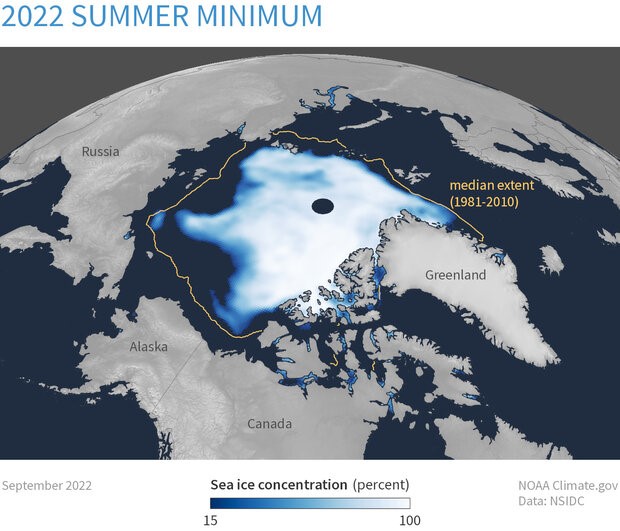Free Courses Sale ends Soon, Get It Now


Free Courses Sale ends Soon, Get It Now



Disclaimer: Copyright infringement not intended
Details
Must read article:
https://iasgyan.in/blogs/all-about-intergovernmental-panel-on-climate-changeipcc
Findings of Report
Cause of Ice melting
Sea Ice
Thickness of Artic sea ice vary with seasons
Sea ice and its Impact on Planet
Global warming and significance for climate
Impact on Marine Life
Impact on local population
Impact on Trade
Way Ahead
Must read article:
https://www.iasgyan.in/daily-current-affairs/arctic-ice
|
PRACTICE QUESTION With a special reference to arctic ice discuss the significance of sea ice to the planet. Also suggest the measures/efforts to keep melting of sea ice in limit. (150 words) |
© 2024 iasgyan. All right reserved